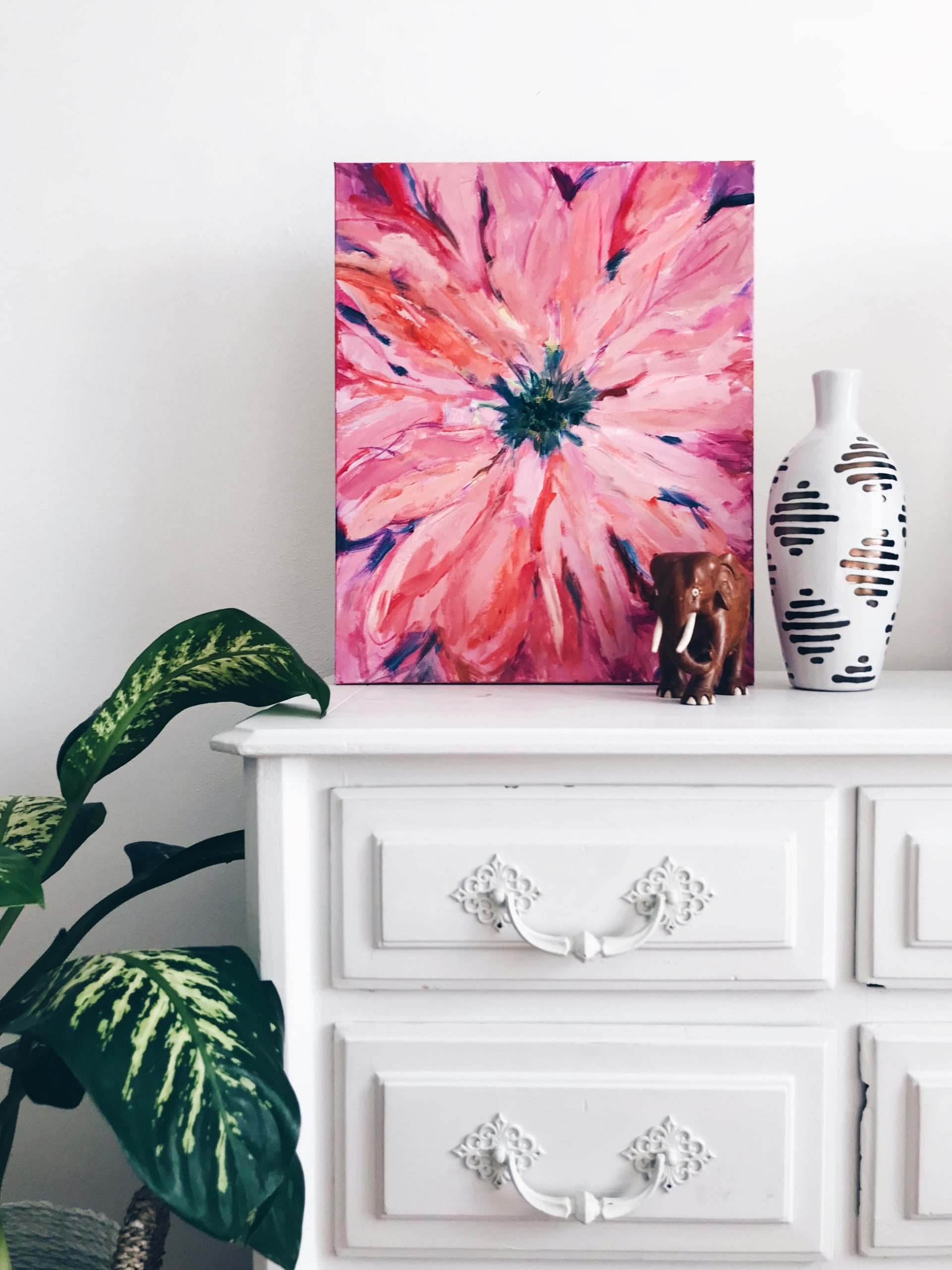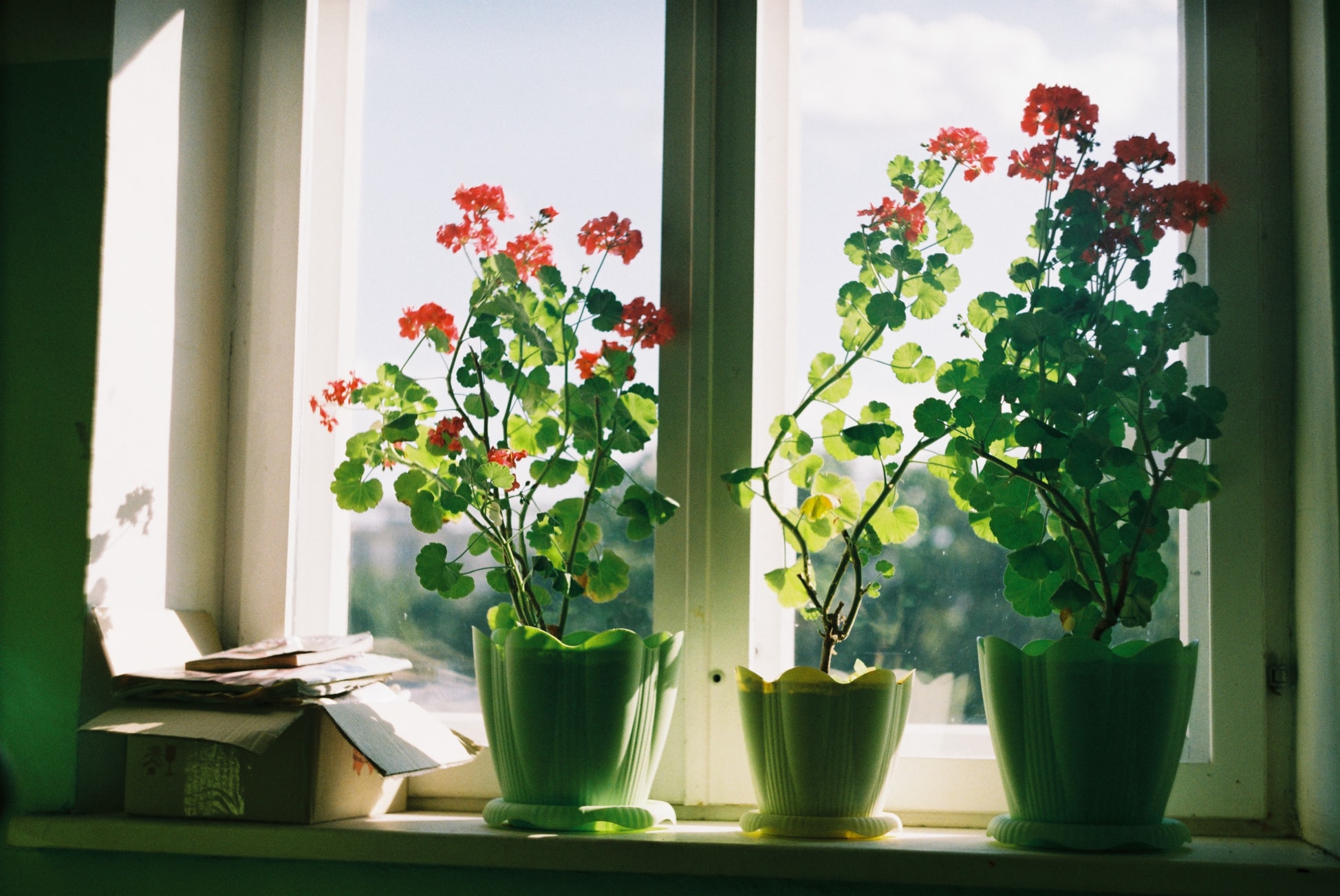This year more than ever we have realised the value of the places we call home. Here, we look at how to create welcoming, positive spaces that make residents feel good and support their mental wellbeing…
A warm and welcoming space can make a huge difference to the wellbeing of residents. Far from being a secondary consideration, thinking about the interior design of your care home is absolutely vital.
“The built environment plays a key role in the health and wellbeing of residents, affecting both their physical and mental health,” says Jenna Knight of Homesmiths, who offer interior design services to care homes.

It’s easy in a care environment to simply paint every wall in a bland colour and use one fabric on chairs and furnishing throughout. But our daily lives are sensory experiences, and the more you can create a beautiful and calming environment that the residents enjoy being in, the happier they will be.
“Humans intuitively respond to environments that promote productivity, intimacy, and efficiency,” says designer Sarah Barnard. From the height of the ceilings to the presence of plants, subtle but pervasive factors can improve mood, focus, and alleviate anxiety.
Remember that the environment needs to be relatable. Hotel-style interiors might be easy to organise but don’t often feel that homely. This is a resident’s home now, and it should feel like one.
SOME KEY CONSIDERATIONS…
Encourage Flow: “For people with dementia, clear lines of sight are incredibly important,” says Michelle Ogundehin, author of Happy Inside. Removing doors and creating archways for an uninterrupted view can be a good idea to help with this, while reducing clutter and enabling free and open movement is important too. Think about sight lines when placing chairs in lounges or bedrooms, and making sure the path to a door or bathroom is clear and simple to find. Wayfinding should be enough to aid navigation but not overkill. Signs should be clear – light text on a lighter background is easier for the ageing eye to see, than dark on light, adds Jenna Knight.
Appeal to the Senses: Think about all the senses when working on care home decor, from the colour of the walls to the way different materials feel and the smells of plants or air fresheners. “Textures to thrill, scents to rouse and sounds to soothe,” says Michelle Ogundehin. A care home designed to appeal to the senses creates a nurturing space that provides interest and a point of difference each day.

Creative Colours: Too many care homes are either neutral magnolia spaces or painted in one colour throughout. Not only does this make it hard for people living with dementia to differentiate between different rooms, but it’s also boring. Our senses need to be stimulated every day, and colour is a great way to do this. But use it sparingly, and with some thought behind it. Colour doesn’t have to come from a painted wall, it can come from fixtures and fittings, accessories and little accents, be they flowers, cushions, pictures, throws or feature walls. Natural earthy tones keep things simple but inspiring, so focus on warm greens, deep blues, pastel pinks and yellows.
Go for Contrast: “In addition, colour contrasts between objects help residents make sense of their environment and also play an important role in supporting those with age-related sight issues,” says Jenna Knight. Top tips include painting skirting boards and floors in contrasting colours, and the same goes for door and window frames.
Natural Textures: Think about what things are made of. Not everything has to be standard-issue and plastic – use nature as your inspiration. “Natural dark wood establishes a sense of warmth and comfort, while organic textures such as stone, tiles and wood make us feel literally grounded in our environment,” says Sarah Barnard. Bringing nature inside is really important too. Green houseplants are brilliant for wellbeing, giving residents something to nurture and care for, as well as being wonderful natural air purifiers.

Let There be Light: Use natural light wherever possible and warm, bright lights anywhere you need them. Getting the light right can really help with sundowning, so don’t over-light a room either. Try to avoid blue lights towards the end of the day as this can overstimulate the brain and confuse residents. Place chairs and sitting spaces as close to windows as you can – remember that walls and corners are for tables and things that don’t need light, and windows and well-lit areas are for people and plants!
Clear the Clutter: “When your mind is crowded or confused, the last thing you need is to see this replicated in your surroundings,” says Ogundehin. The best way to keep things clear is to make sure everything has its place and that storage is well thought out. It’s even better if this storage can be easily accessed by residents who can help with tidying up and putting things away as a simple task that gives them a sense of purpose.
Create Spaces for Connection: Furniture and decor should be relatable, and the layout of the room should encourage social interaction with clusters of seating, ideally with varying seat heights so that residents can select a chair that most meets their comfort needs. Corridor seating is important, providing residents with resting places as they move from one part of the home to the other, and encouraging them to be independent and sociable.

Don’t forget the little details: “Art and accessories are often just seen as nice to have but I do think they are an important part of any home – not only do they make it domestic in feel, they can also be used to help residents remember where they are,” says Jenna Knight. Make sure there is scope for all residents to have personal items in their rooms, but that the communal areas also reflect the interests of residents too. Old pictures of the local area, pieces by favourite artists, and pictures by the residents themselves all help.
“Our home is a space for us to respect, personalise, and flourish with and within,” says Sarah Barnard. This shouldn’t change because someone moves into a care home. What changes can you make today?




